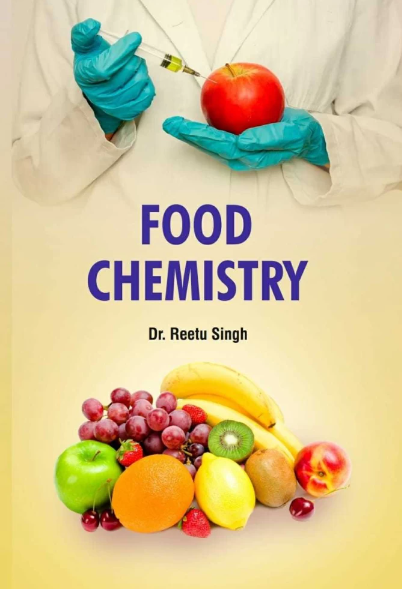通过比较基因组学探索发酵酸奶中 Limosilactobacillus 发酵菌的理化、结构、代谢和风味化合物
IF 9.8
1区 农林科学
Q1 CHEMISTRY, APPLIED
引用次数: 0
摘要
众所周知,在酸奶中添加特定的乳酸菌可以提高酸奶的功效和风味。然而,同种菌株之间的差异带来了巨大的挑战。在这项研究中,我们构建了 232 株发酵乳酸菌(Limosilactobacillus fermentum)菌株的系统发生树,并筛选出 7 株具有不同进化关系的菌株用于酸奶发酵。发酵乳杆菌 FFJ12 拥有更多的糖苷水解酶(GH),其生长速度和产酸量最高。相反,糖苷水解酶含量较低的 L. fermentum FBJSY21_1 产酸能力较差。酸奶的口感可能与氨基酸合成有关。L. fermentum 诱导了大量的二苯甲酰基-L-酒石酸酐,使酸奶具有葡萄酒的风味。此外,L. fermentum 还能上调柠檬酸和 4-acetamidobenzoic acid 的含量,并下调苯丙氨酸的含量。这项研究为选择潜在的酸奶发酵益生菌提供了新的见解,从而促进了精准酸奶的开发。本文章由计算机程序翻译,如有差异,请以英文原文为准。
Exploring the physicochemical, structural, metabolic, and flavor compounds of Limosilactobacillus fermentum in fermented yogurt through comparative genomics
Adding specific lactic acid bacteria to yogurt has been known to enhance both its benefits and flavor. However, differences among the strains of the same species present significant challenges. In this study, we constructed a phylogenetic tree of 232 Limosilactobacillus fermentum strains and selected seven strains with distinct evolutionary relationships for yogurt fermentation. L. fermentum FFJ12, which possesses more glycoside hydrolases (GH), had the highest growth rate and acid production. Conversely, L. fermentum FBJSY21_1, containing less GH, showed poor acid production. Yogurt texture might be related to amino acid synthesis. L. fermentum induced a high abundance of dibenzoyl-L-tartaric acid anhydride, leading to a wine-like flavor in yogurt. Additionally, L. fermentum upregulated citric acid and 4-acetamidobenzoic acid levels; and downregulated phenylalanine abundance. This study provided novel insights into the selection of potential probiotics for yogurt fermentation, thereby promoting the development of precision yogurt.
求助全文
通过发布文献求助,成功后即可免费获取论文全文。
去求助
来源期刊

Food Chemistry
工程技术-食品科技
CiteScore
16.30
自引率
10.20%
发文量
3130
审稿时长
122 days
期刊介绍:
Food Chemistry publishes original research papers dealing with the advancement of the chemistry and biochemistry of foods or the analytical methods/ approach used. All papers should focus on the novelty of the research carried out.
 求助内容:
求助内容: 应助结果提醒方式:
应助结果提醒方式:


